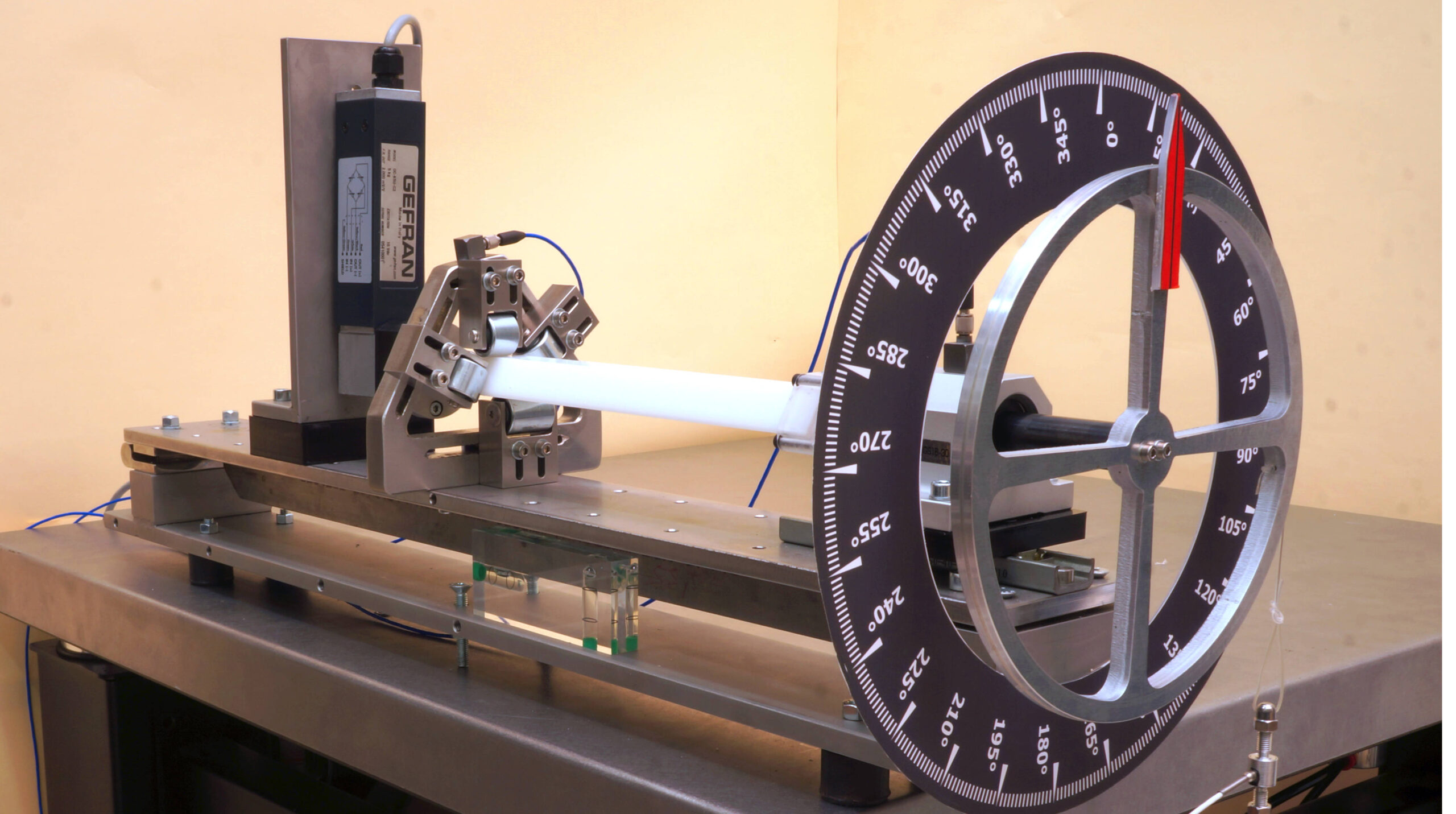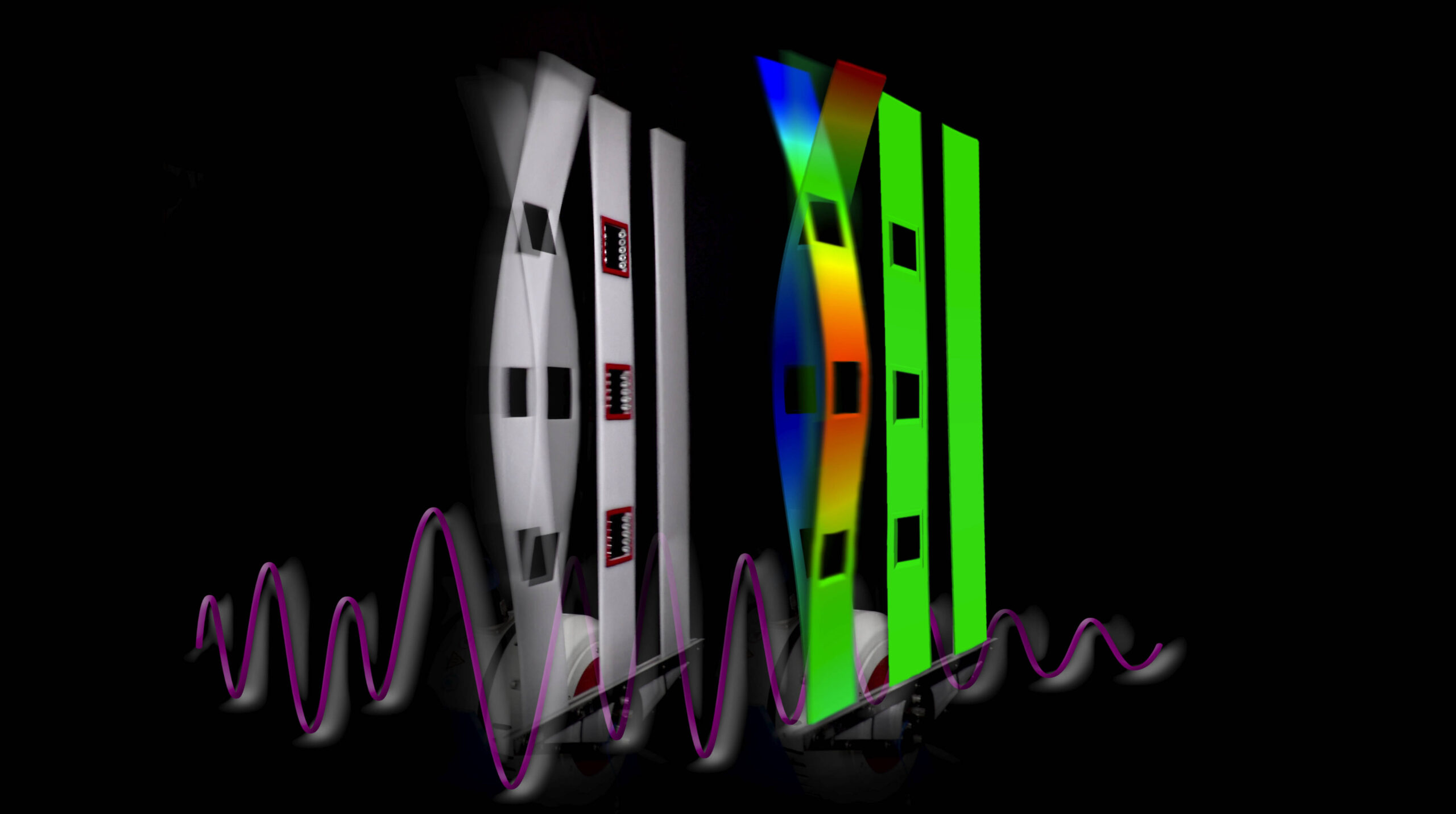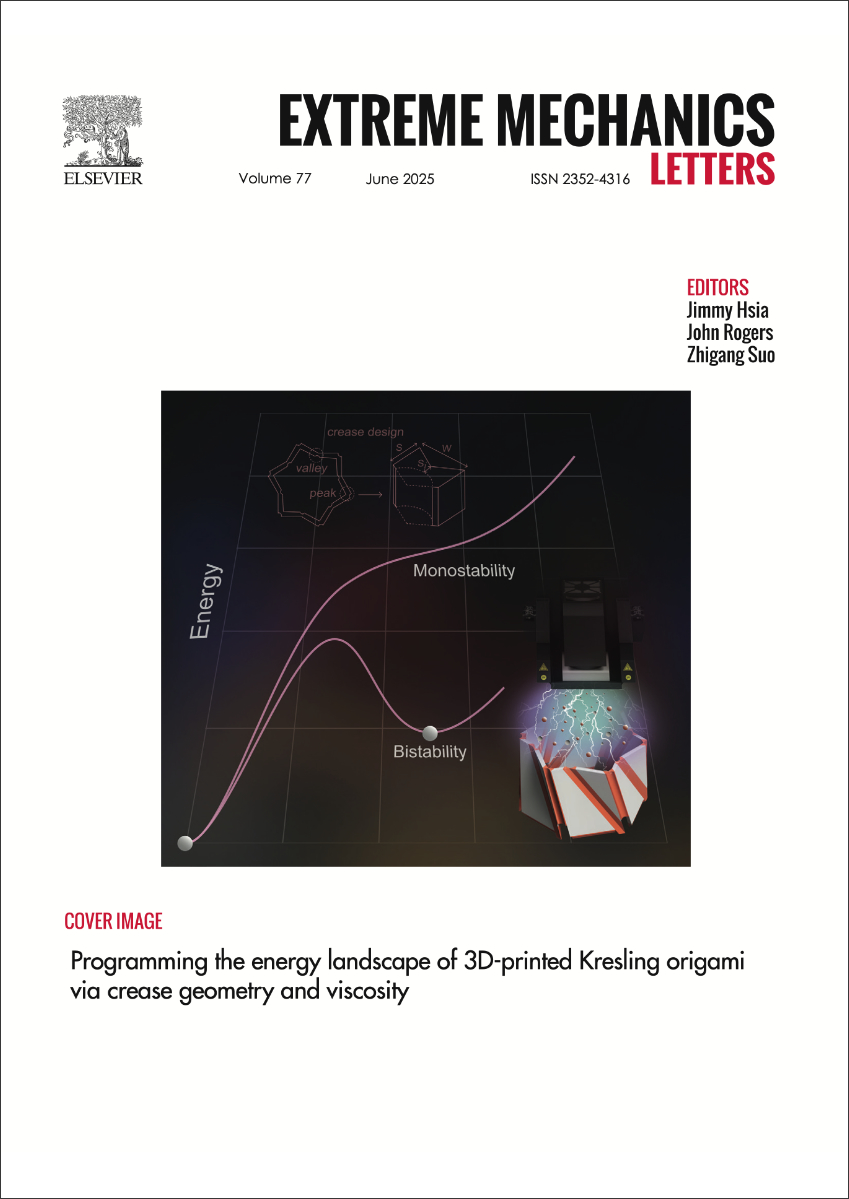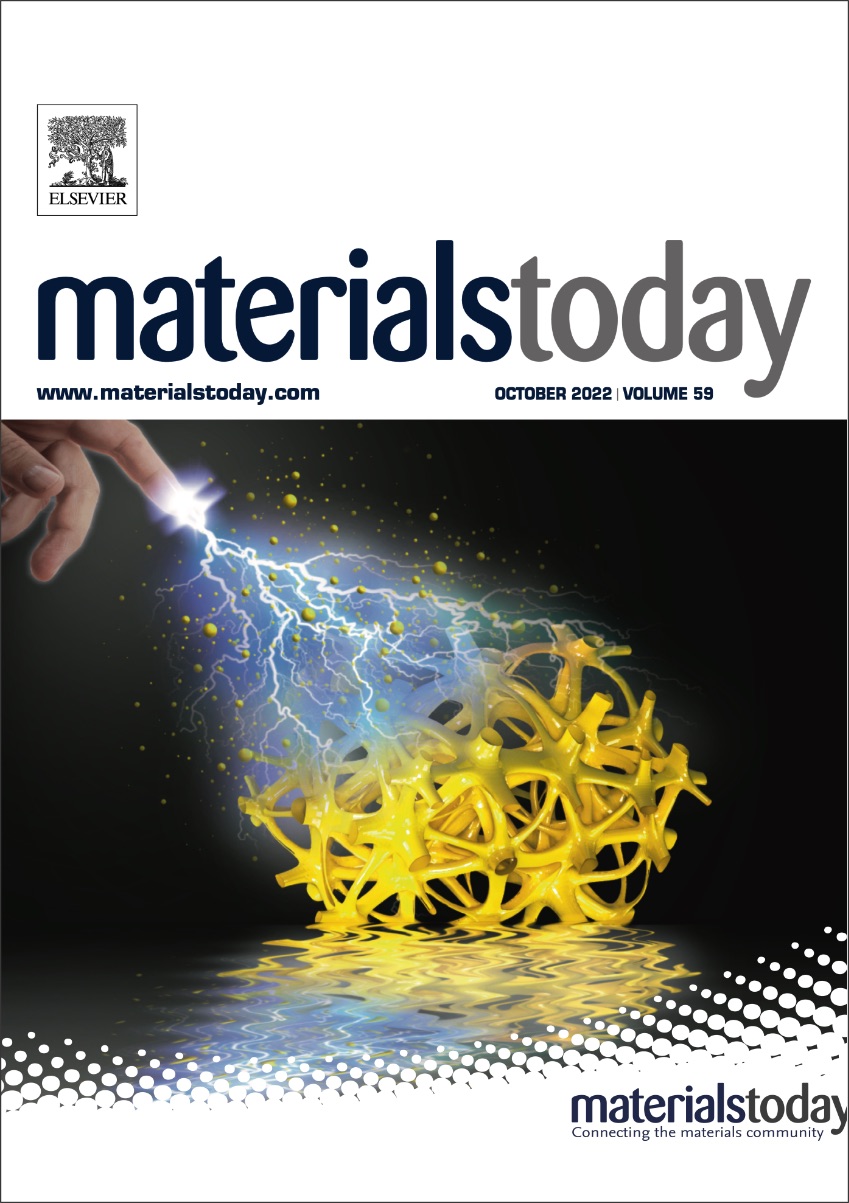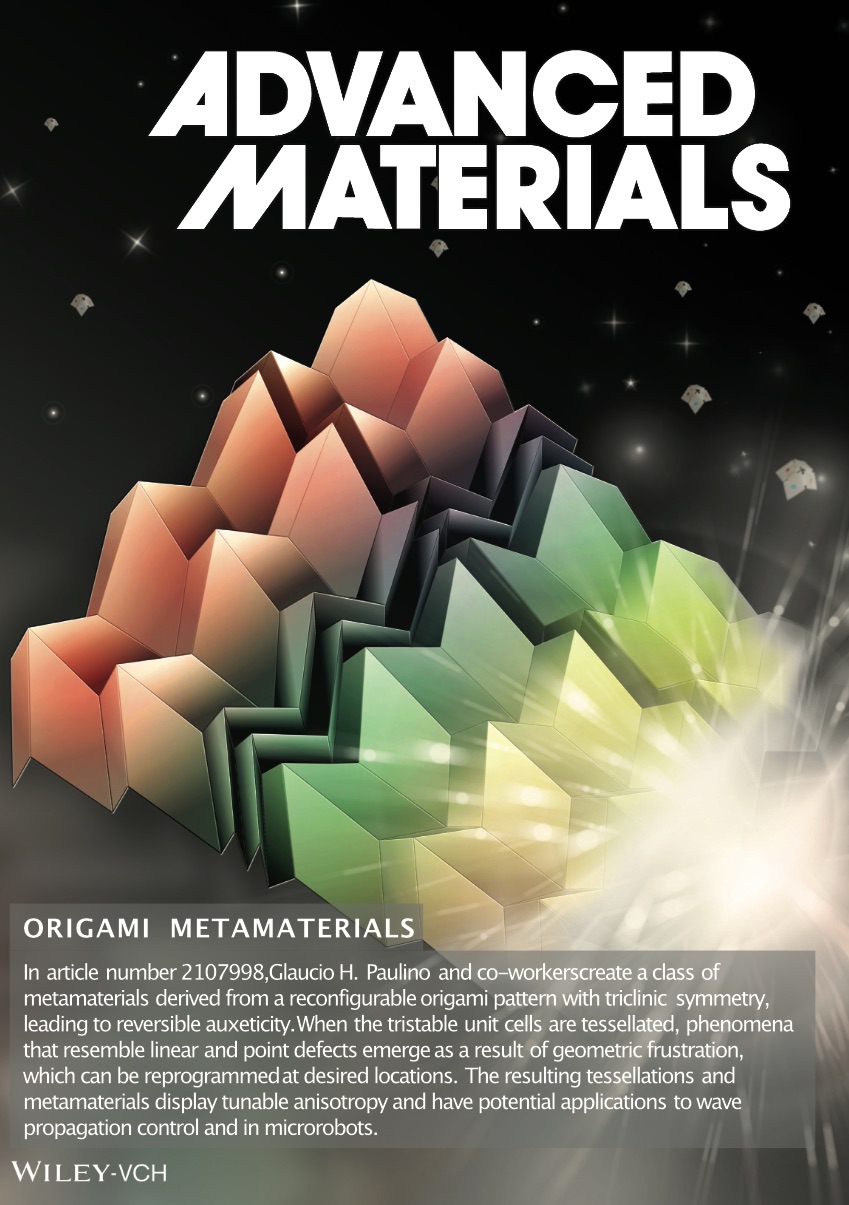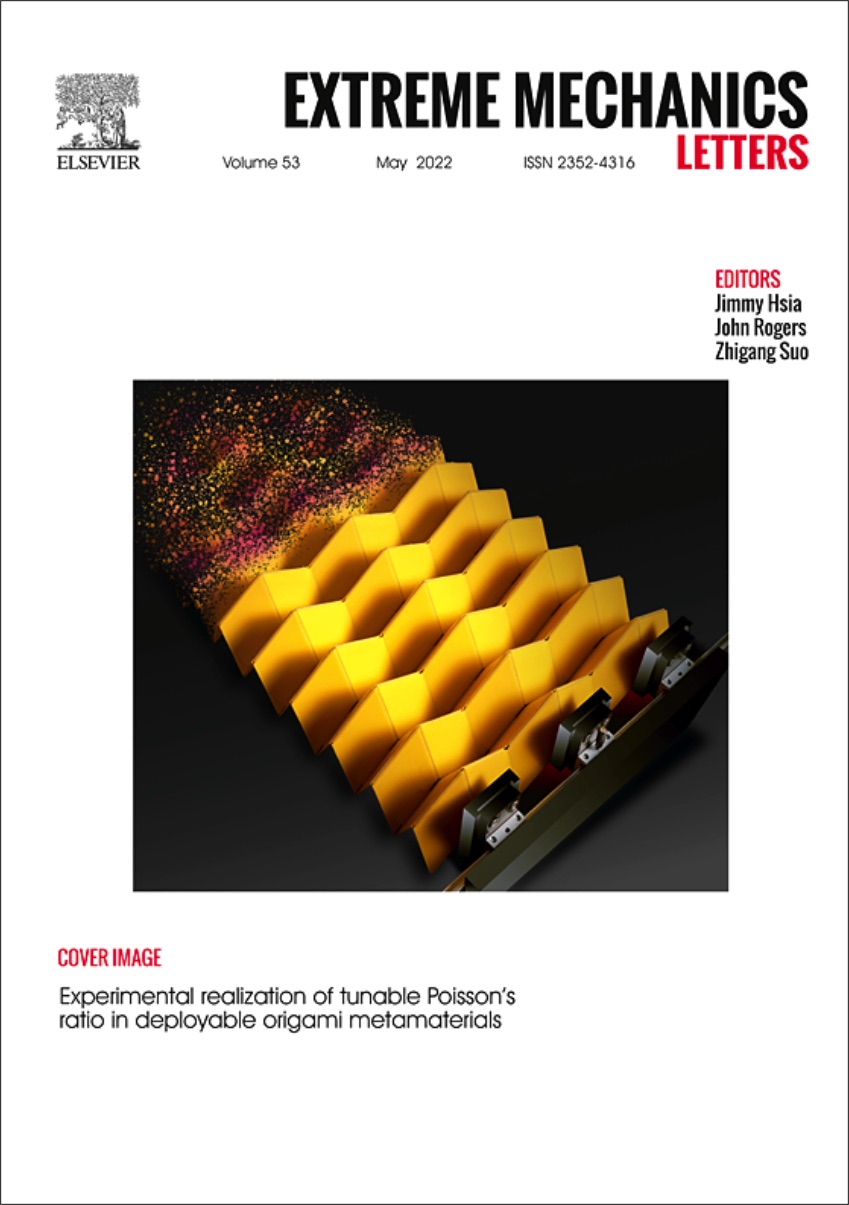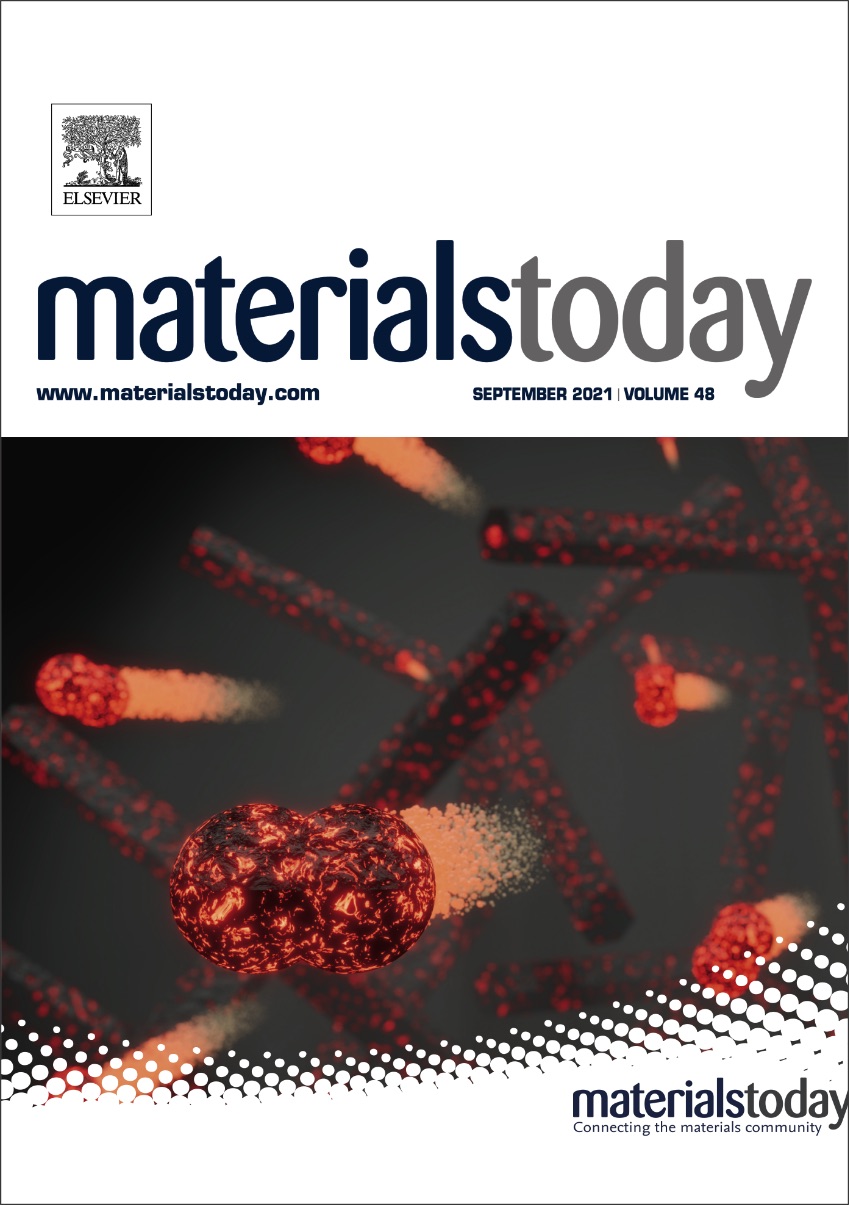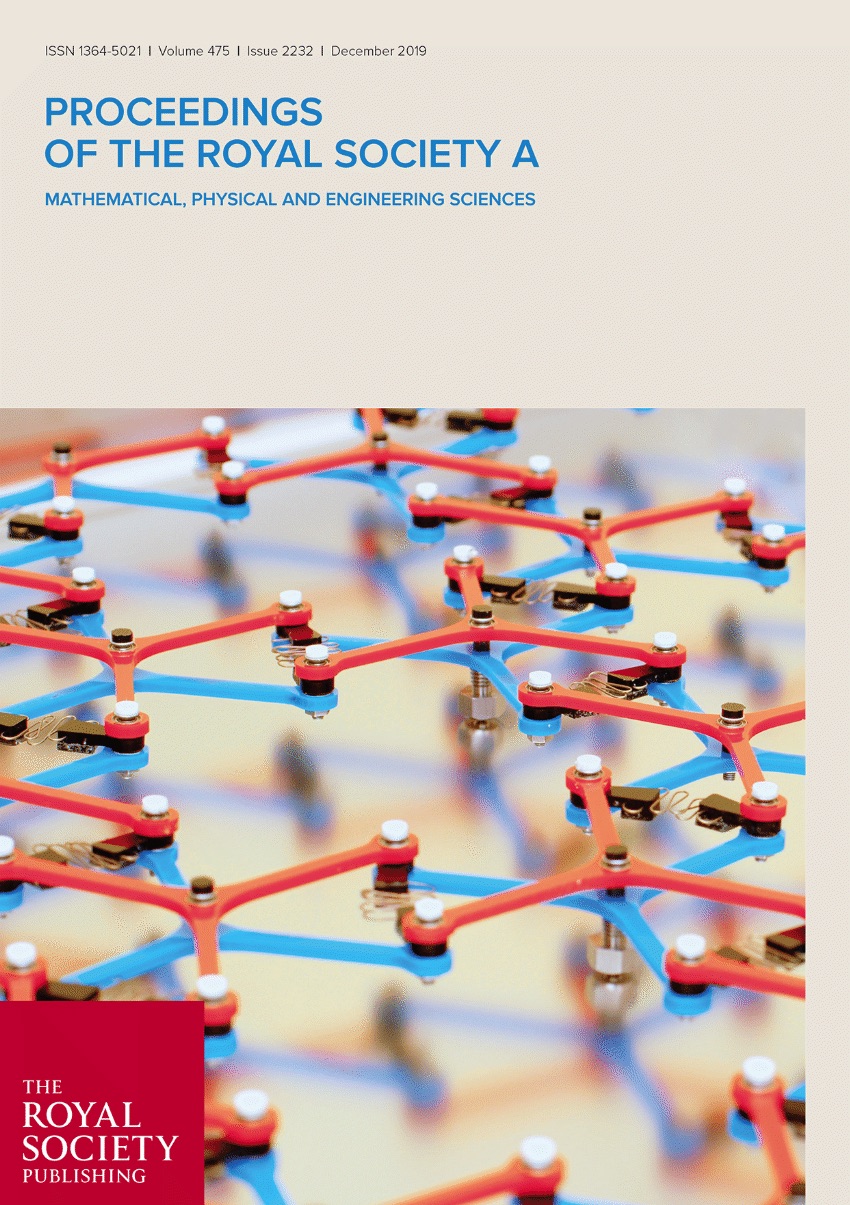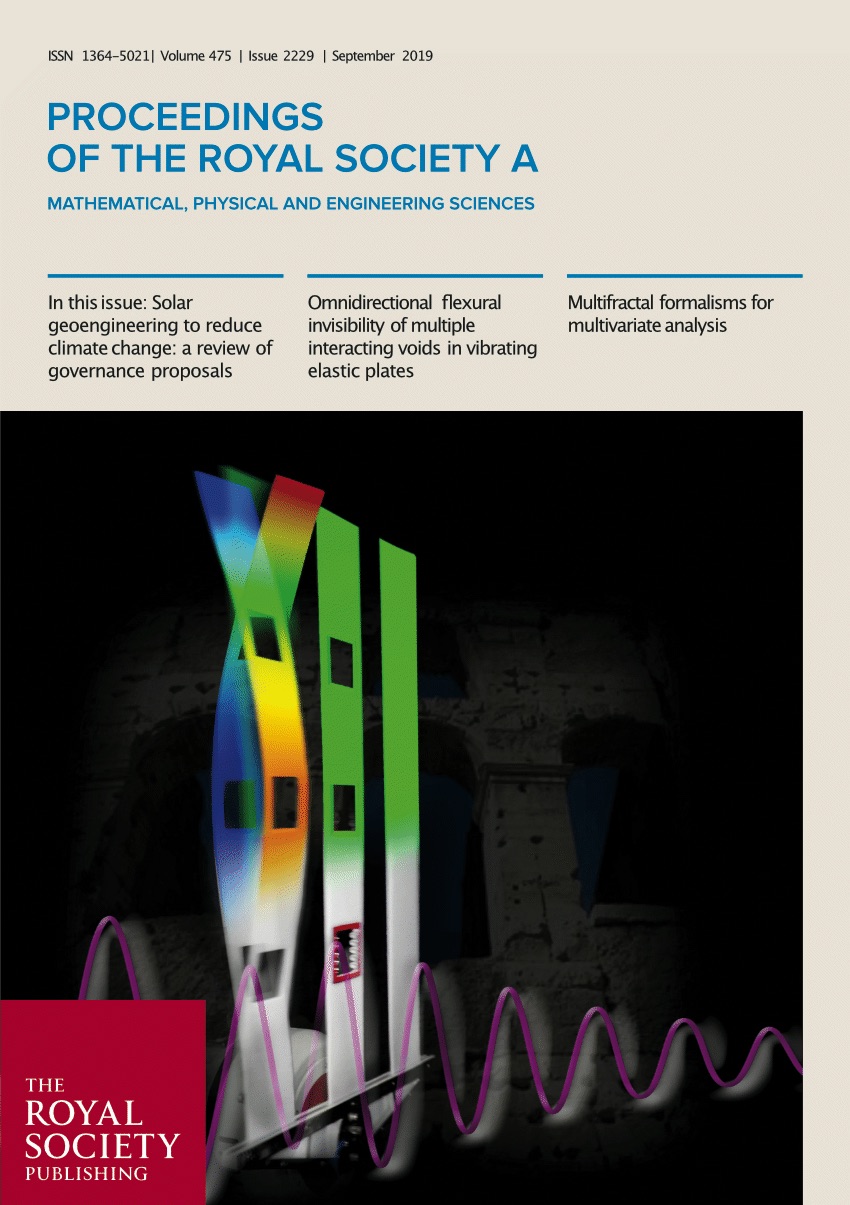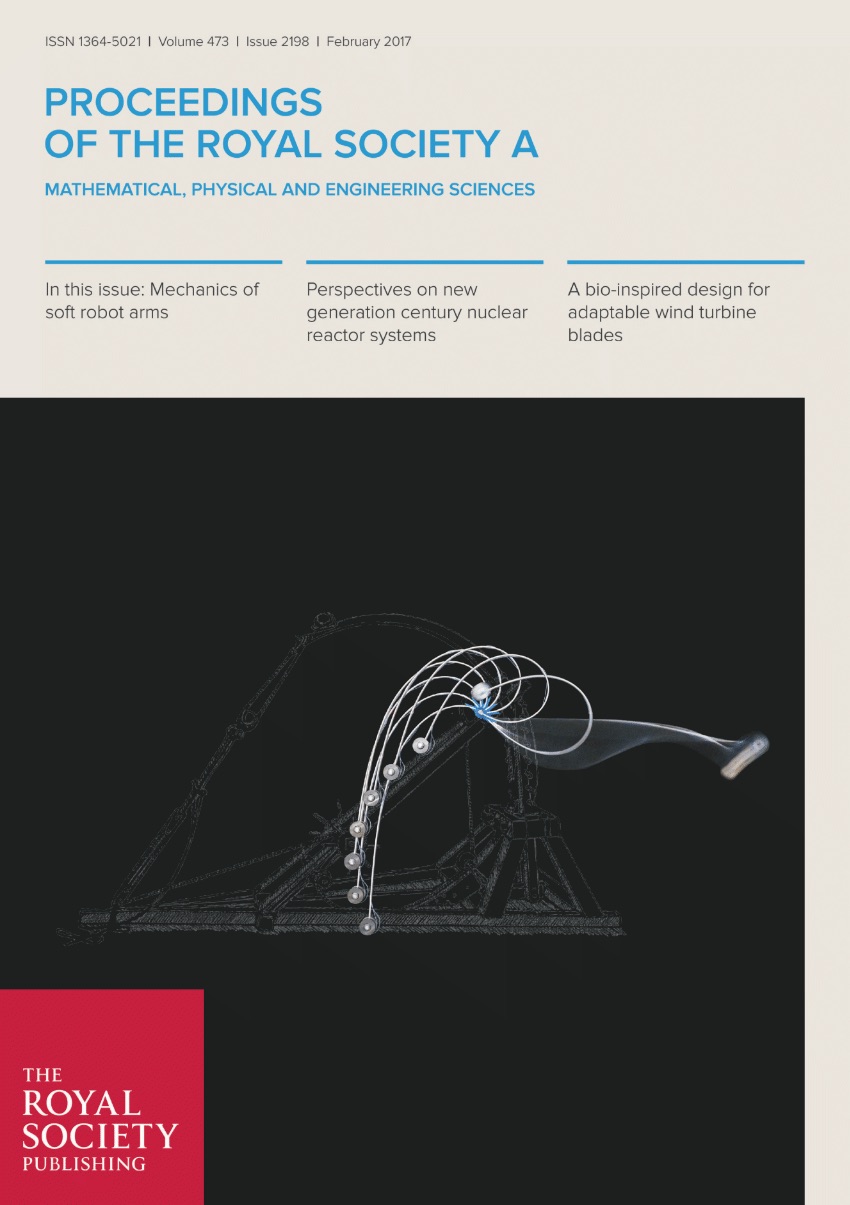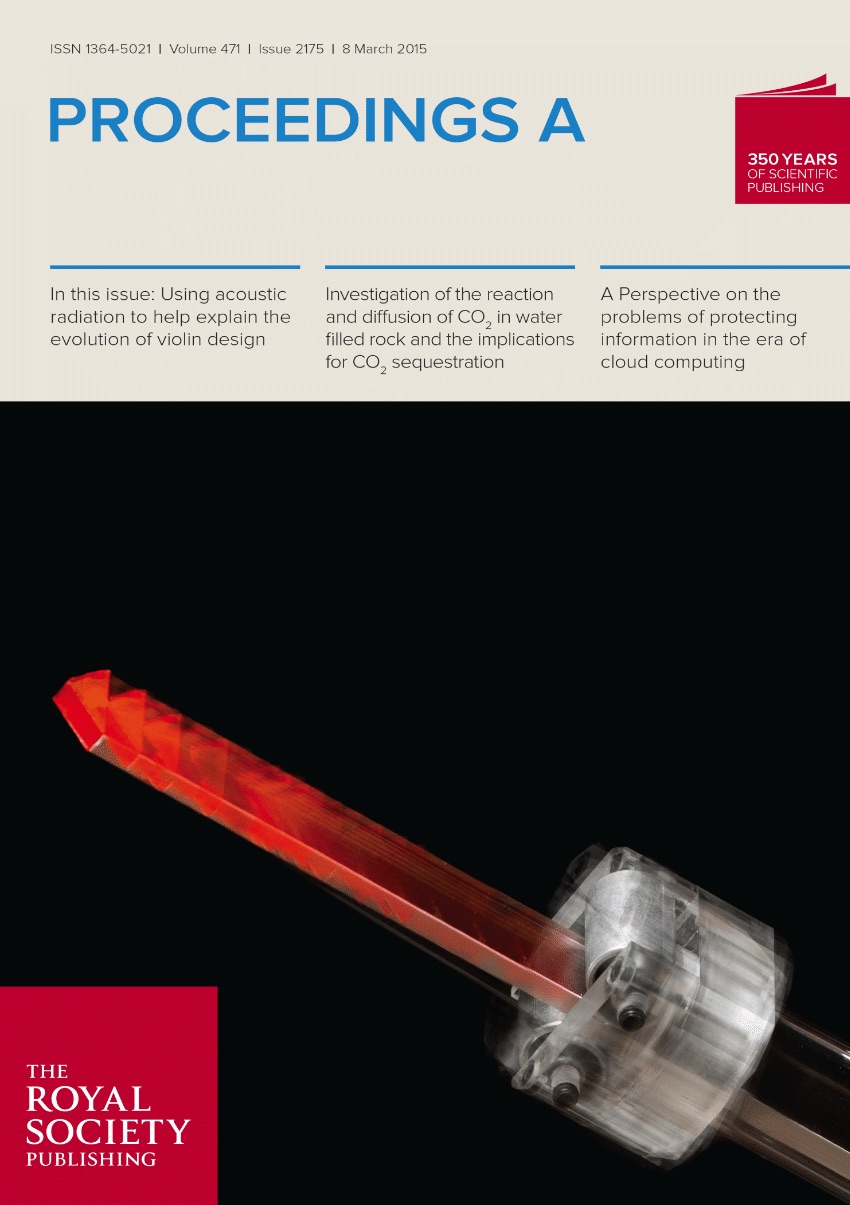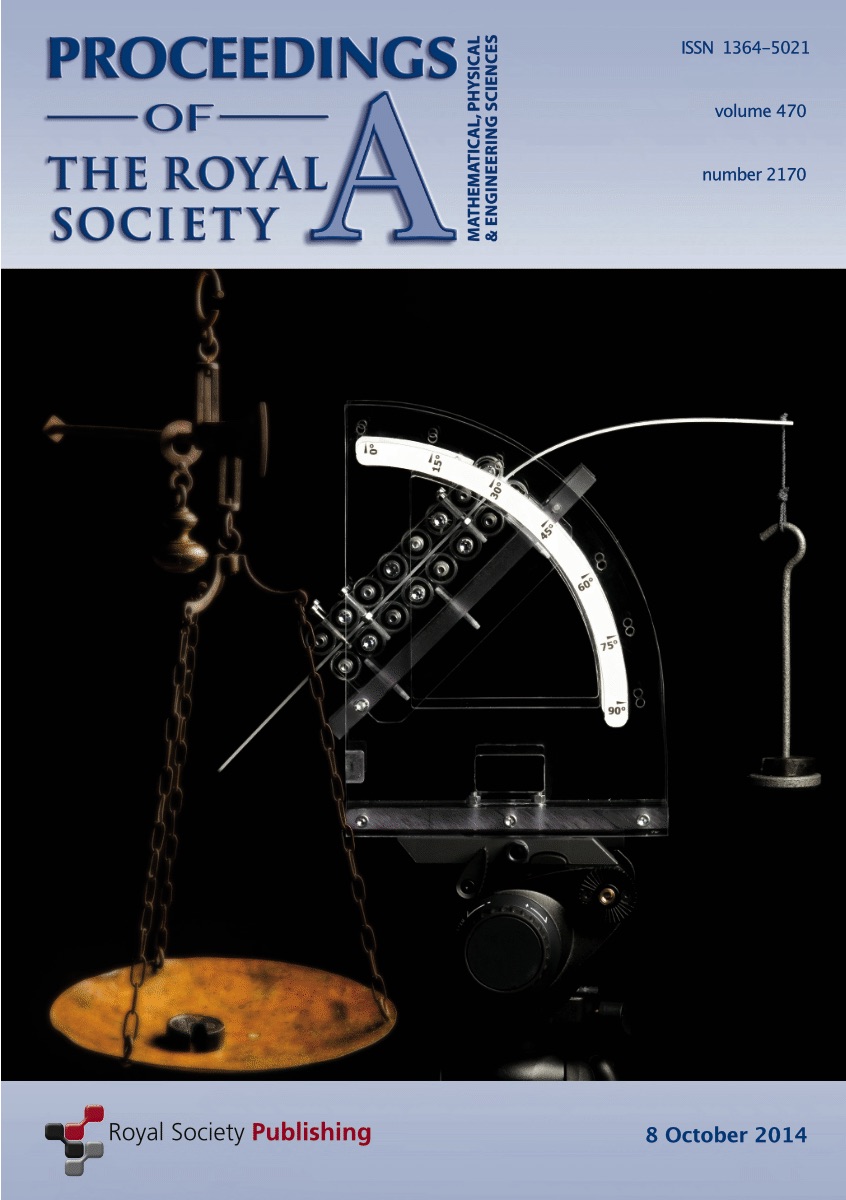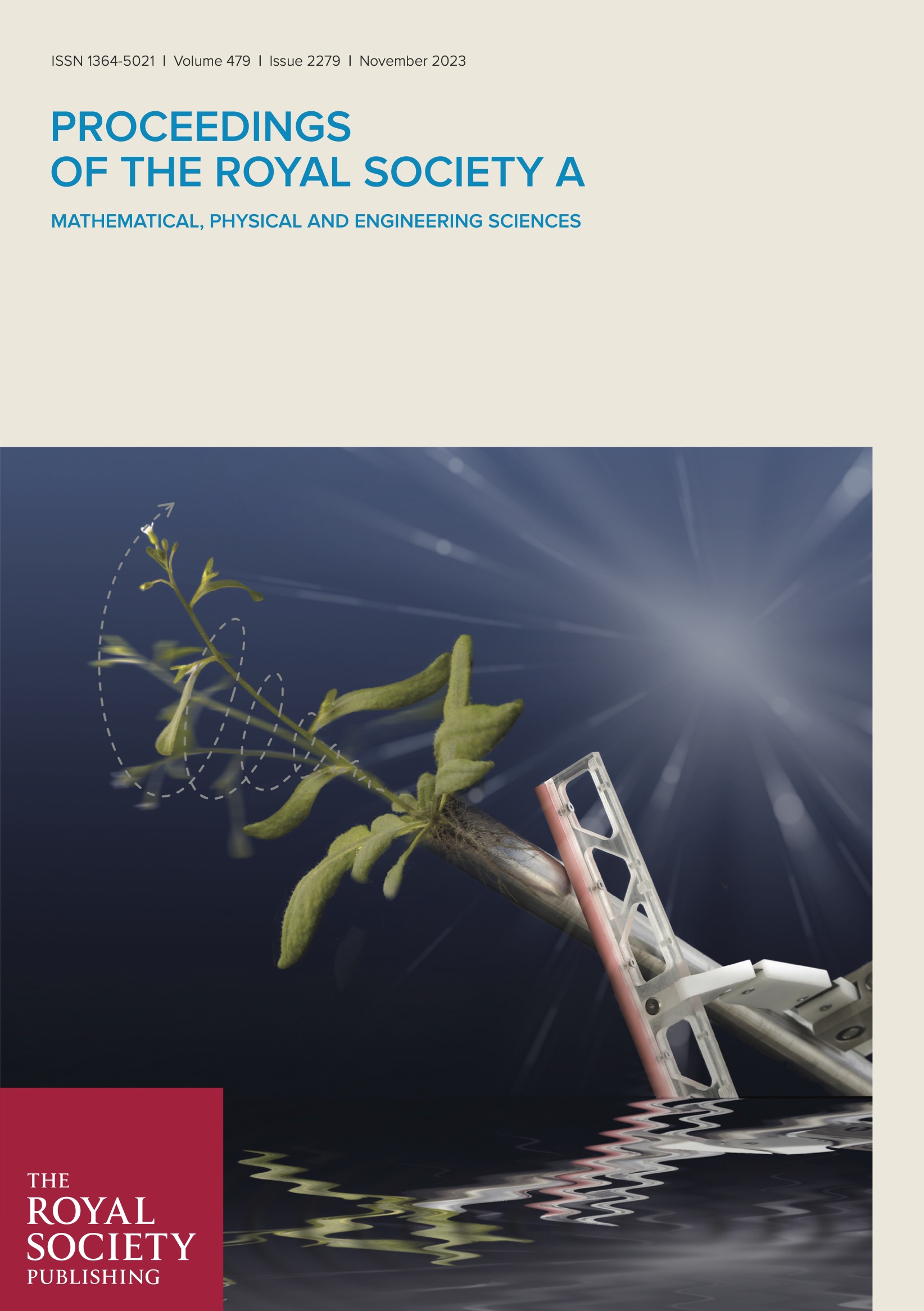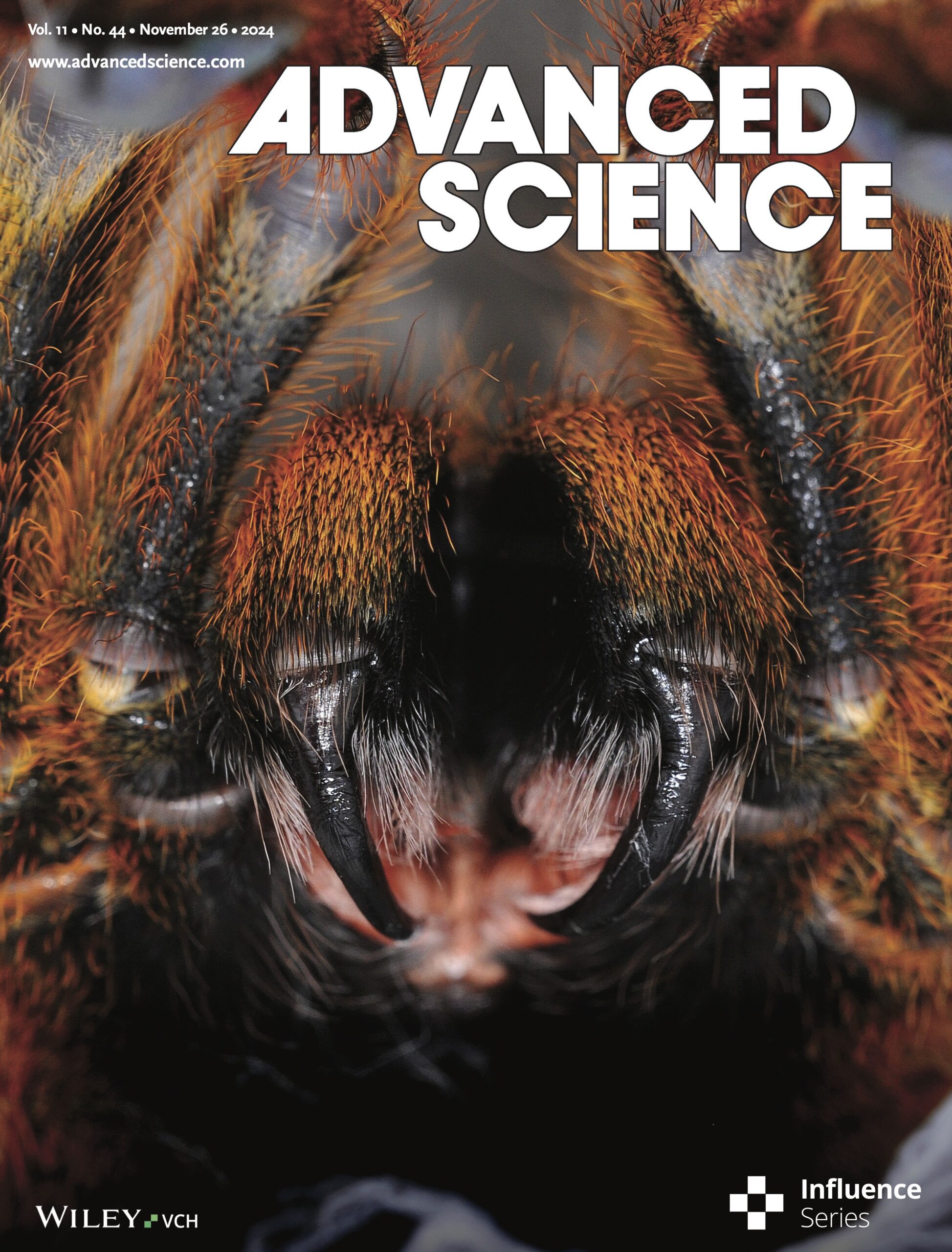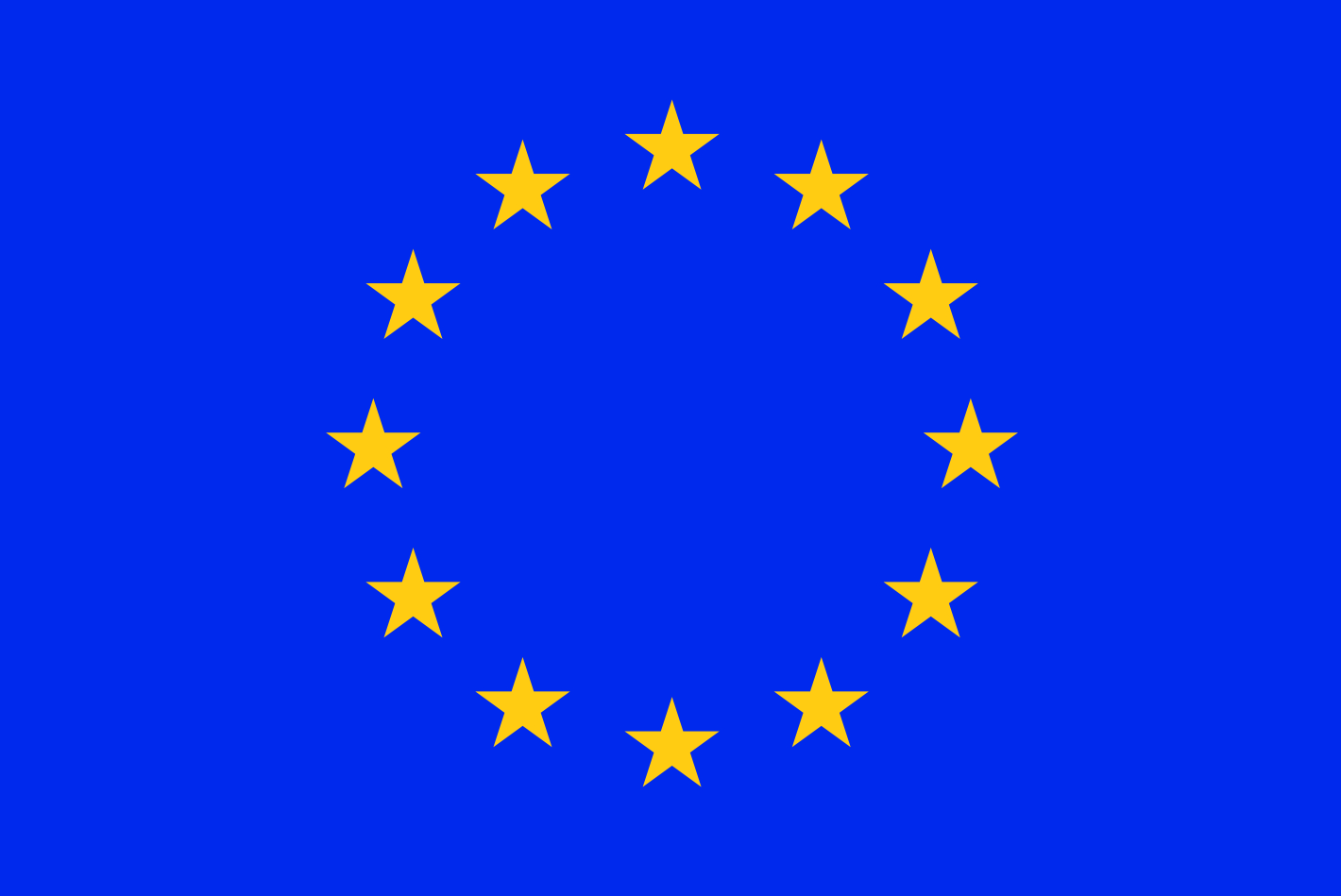Laboratory 4 the Design of Reconfigurable Metamaterials & Structures
Diego Misseroni
In our lab, we design, realize, and test mechanical metamaterials, origami systems, flexible structures, and architected materials with extreme static and dynamic performance. By combining mechanical modeling, computational analysis, and advanced experimental methods, we create advanced, adaptive mechanical systems for a wide range of applications.
Highlights
Group News
New publication in PNAS
The article “Viscoelastic Structural Damping Enables Broadband Low-Frequency Sound Absorption” has been accepted for publication in the PNAS j...
New publication in PNAS
The article “Origami Frustration and Its Influence on Energy Landscapes of Origami Assemblies” has been accepted for publication in the PNAS j...
European Academy of Sciences and Arts
Dr. Diego Misseroni has been elected as a member of the European Academy of Sciences and Arts, in the Technical & Environmental Sciences class,...
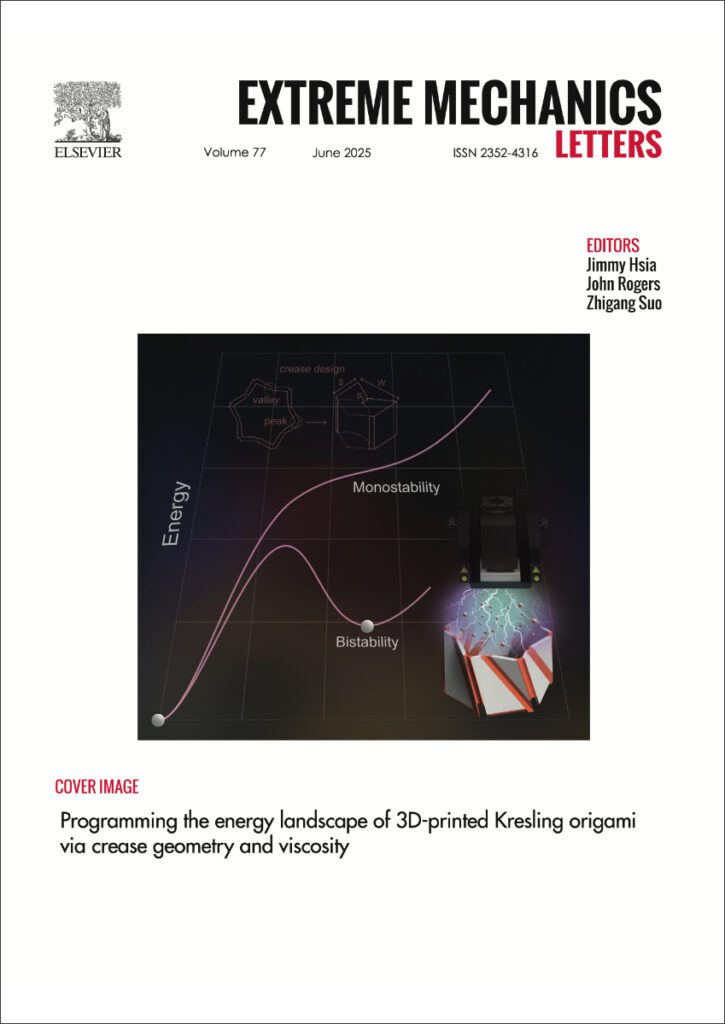
Cover Extreme Mechanics Letters
The article “Programming the energy landscape of 3D-printed Kresling origami via crease geometry and viscosity” made the cover of the Extreme Me...
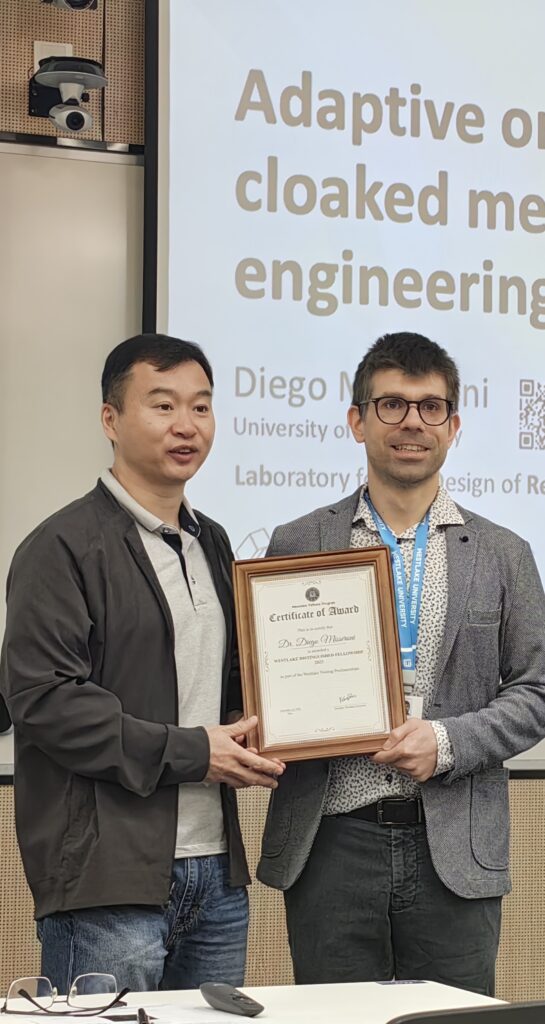
Westlake Distinguished Fellowship
Dr. Diego Misseroni is the recipient of the 2025 Distinguished Fellowship, awarded by the Westlake University, Hangzhou, China.
New publication in Nature Communications
The article “Coarse-grained fundamental forms for characterizing isometries of trapezoid-based origami metamaterials” has been accepted for publ...
Research topics
Selected publications
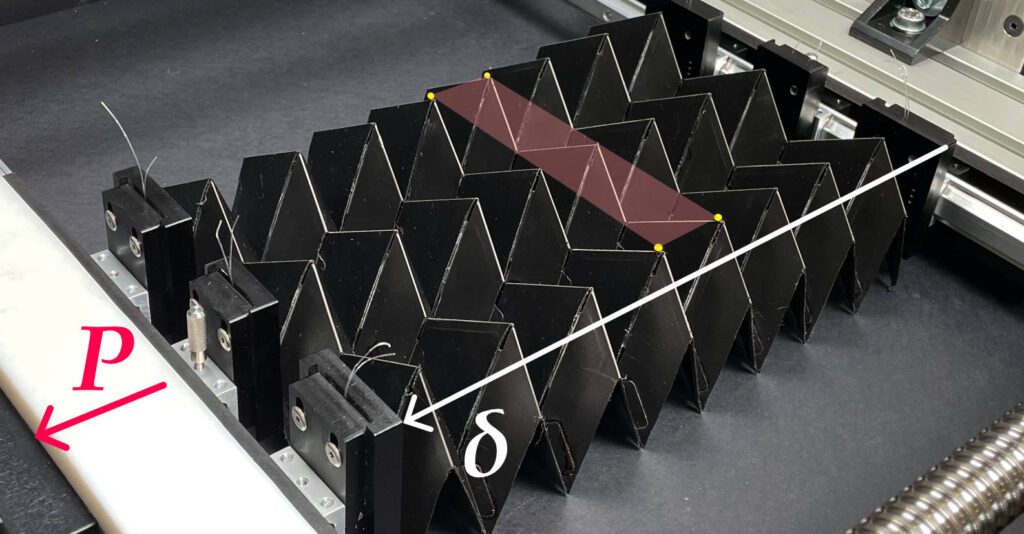
Origami engineering
We have invented a novel experimental setup suitable to study the Poisson effects in 2D origami tessellations that undergo simultaneous deformations in both the applied and transverse directions. The setup comprises a gripping mechanism, which we call a Saint-Venant fixture, to eliminate Saint-Venant end effects during uniaxial testing experiment.
Check out our article on “Extreme Mechanics letters.”
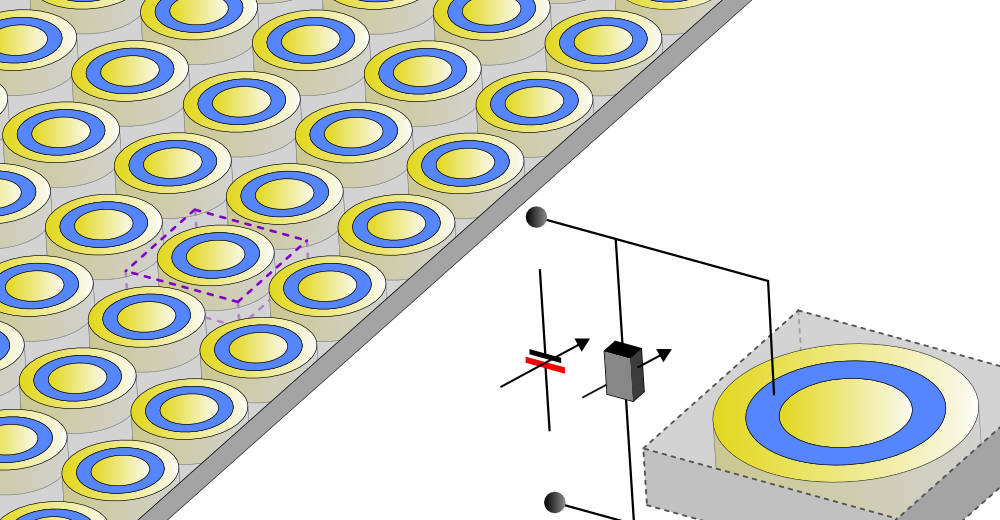
Active metamaterials
We have designed a three-phase microstructured materials made of a phononic crystal coupled to local resonators. By tuning the impedance/admittance of the electrical circuits, it is possible to fully adjust the constitutive properties of the shunting piezoelectric material, thus controllling pass and stop bands.
Check out our article on “Extreme Mechanics letters.”
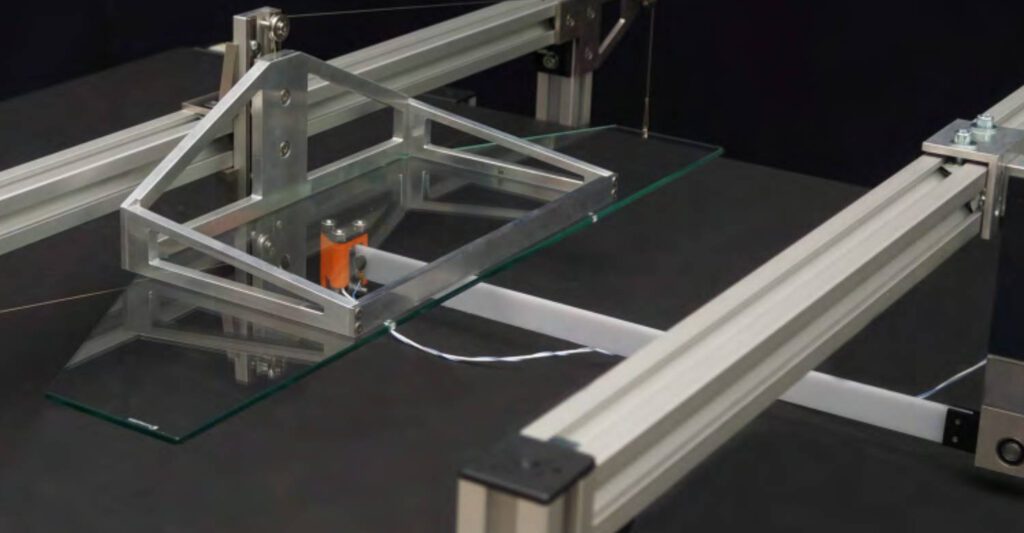
Flutter instability
We have designed, manufactured, and tested a new experimental apparatus to investigate flutter and divergence instability in viscoelastic rods produced by tangentially follower forces. We have provided the first experimental determination of the destabilizing role of dissipation on the onset of flutter.
Check out our article on the “Journal of the Mechanics and Physics of Solids.”
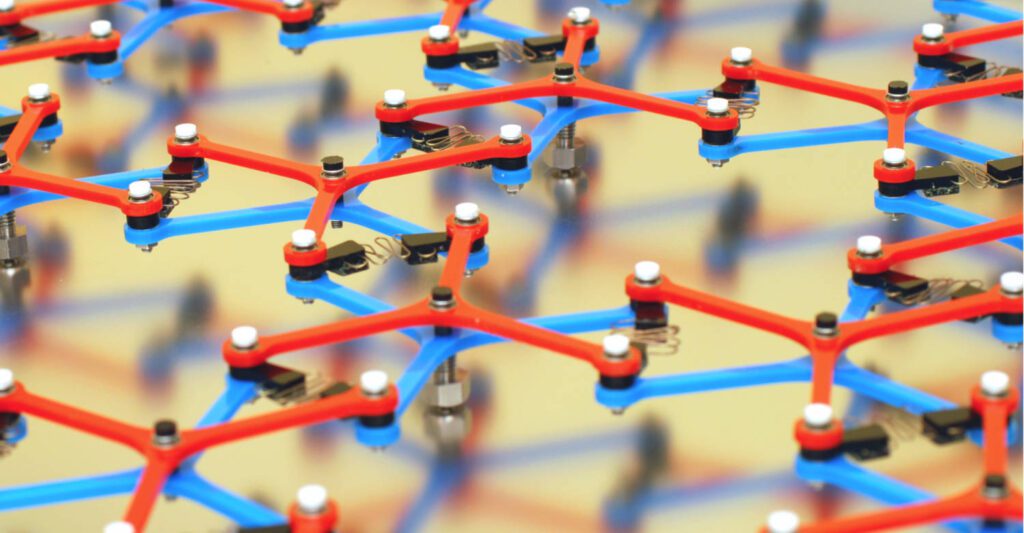
Auxetic structures
We have designed, realized, and tested an isotropic microstructured medium with both negative CTE and negative Poisson’s ratio. The effective CTE can be finely tuned by playing with the thermal expansion contrast ratio between the two phases and the geometrical configuration of the internal structure.
Check out our article on the “Proceedings of the Royal Society A.”
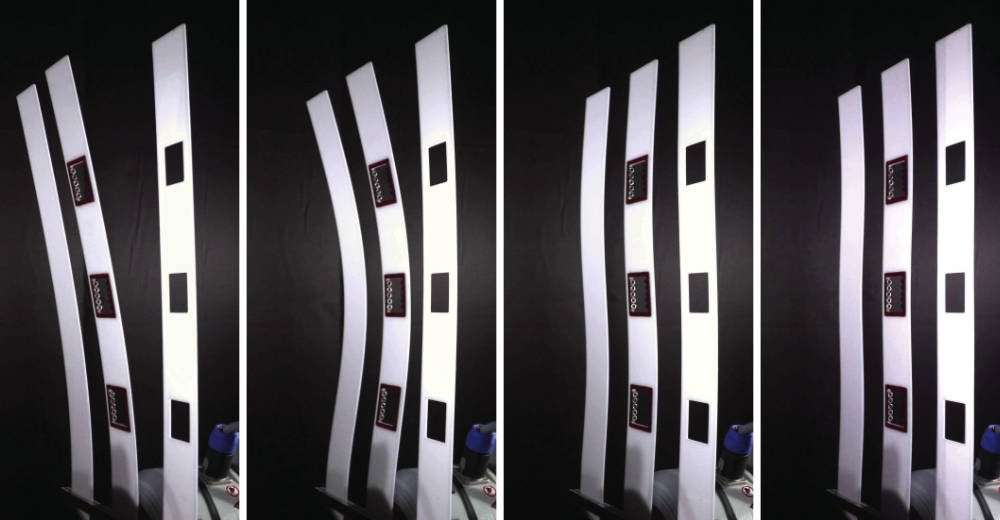
Elastic invisibility
We have introduced a new method based on the concept of reinforcement, achieved via elastic stiffening and mass redistribution, to cloak multiple voids embedded into an elastic plate. This simple technique produces invisibility of the voids to flexural waves within an extremely broad range of frequencies.
Check out our article on the “Proceedings of the Royal Society A.”
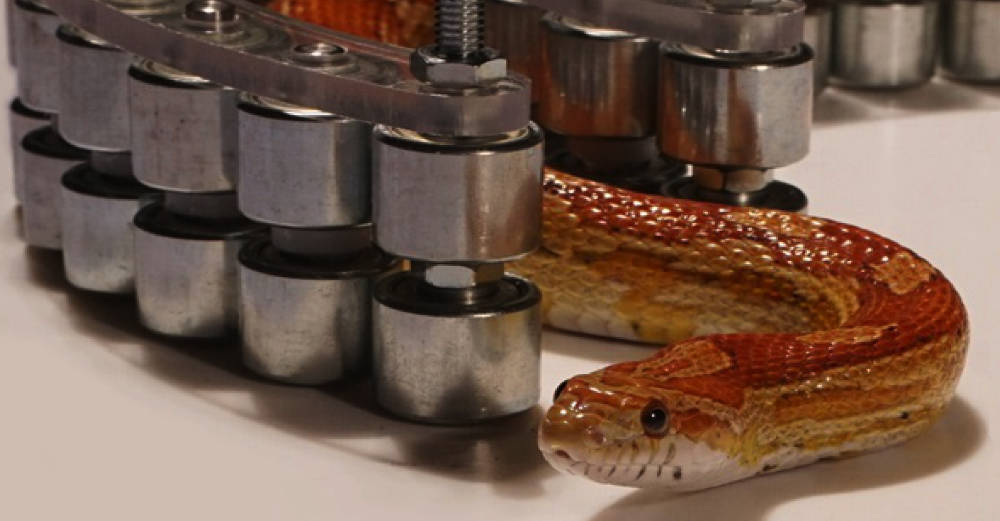
Snake locomotion
A model for serpentine locomotion is derived from a novel perspective based on concepts from configurational mechanics. The motion is realized through the release of the elastic energy of a deformable rod, sliding inside a frictionless channel, which represents a snake moving against lateral restraints.
Check out our article on the “Journal of the Royal Society Interface.”
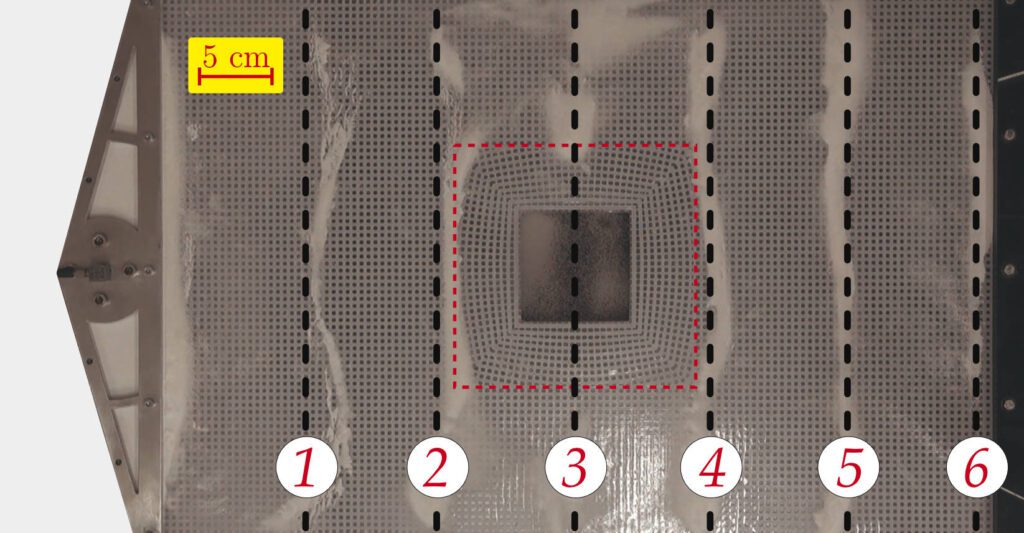
Cloaking
Based on rigorous theoretical findings, we have realized a proof-of-concept design for a structured square cloak enclosing a void in an elastic lattice. We have implemented high-precision fabrication and experimental testing of an elastic invisibility cloak for flexural waves in a mechanical lattice.
Check out our article on the “Scientific Reports.”
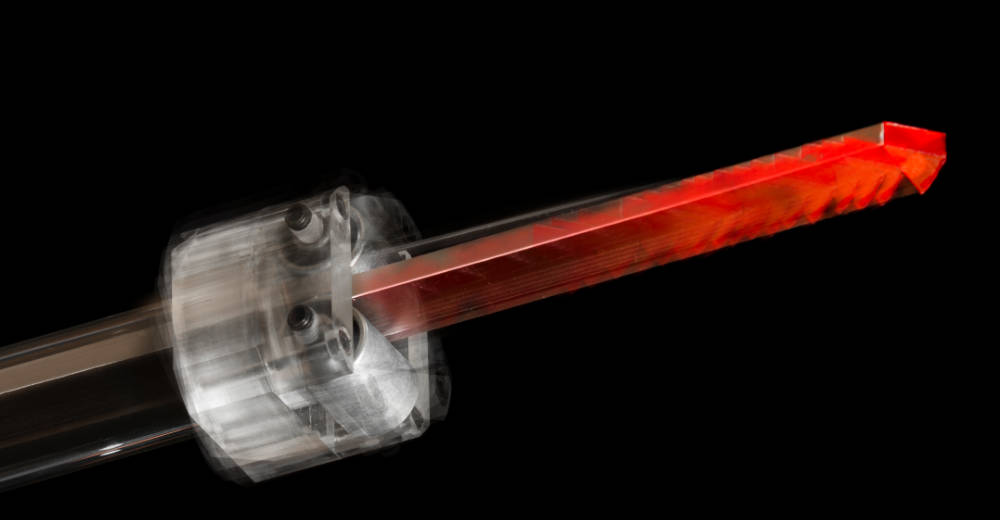
Configurational forces
Locomotion associated with torsional deformation of an elastic rod in a frictionless system has been introduced and substantiated both theoretically and experimentally, opening a new perspective in animal propulsion and in the mechanical design of deformable systems.
Check out our article on the “Proceedings of the Royal Society A.”
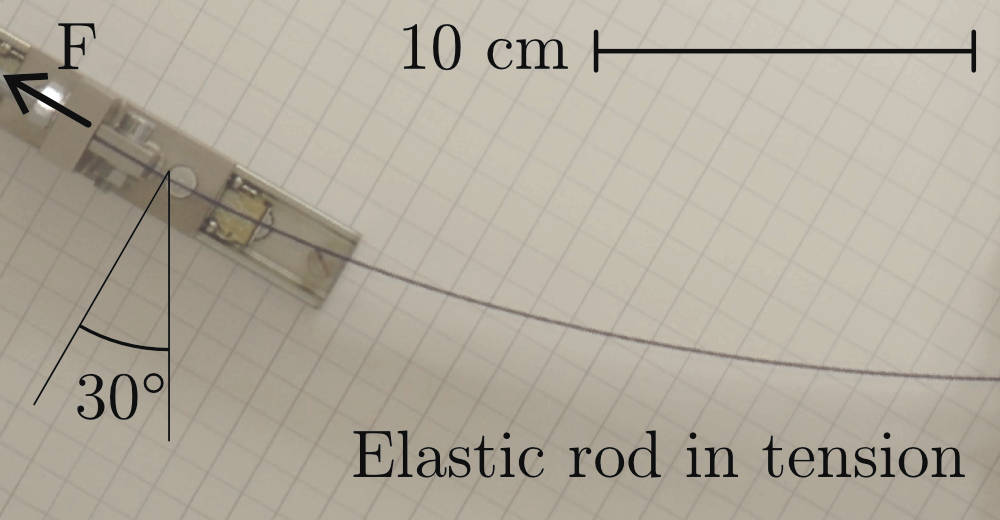
Surprising instabilities
We have shown for the first time that it is possible to design structures (i.e. mechanical systems whose elements are governed by the equation of the elastica) exhibiting bifurcation and instability (“buckling”) under tensile load of constant direction and point of application (“dead”).
Check out our article on the “Proceedings of the Royal Society A.”





